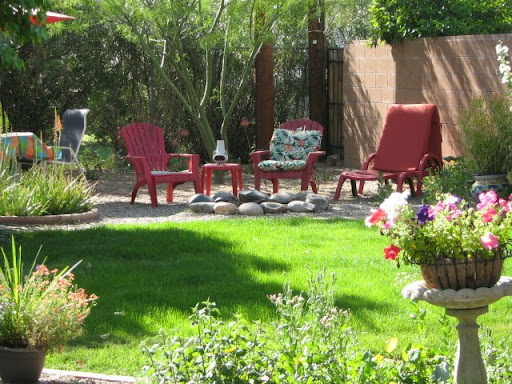The green gardeners's first mosquito-reduction mission is to eliminate all unintentional reservoirs of standing water. Mosquitoes lay their eggs in stll water. Neglected birdbaths, crumpled plastic tarps, and rain-filled flowerpots ate common sources.
If you have a garden pond, try stocking it with mosquito fish (Gambusia affinis) which eat mosquito larvae; or float a thin film of mineral oil on the pond to suffocate the larvae (just be sure it won't do the same to your fish).
Once the adult mosquitoes are airborne, bats are a great natural control. One bat can catch hundreds of mosquitoes per hour. Adding a bat box to your yard can attract these flying aces.
Finally fill your yard with mosquito-repelling plants which include basil, eucalyptus, citrosa geraniums, lavender, mint rosemary, sage and thyme.
Answer taken from the Sierra Club, Earth Friendly Garden Knowledge Cards.
Question #3
True or False and WHY
Herbs are great in an organic garden, but some are best grown in containers.
Remember to make your comment below. Best of luck !
The Garden Goddess
http://www.down2earthgardens,com/














